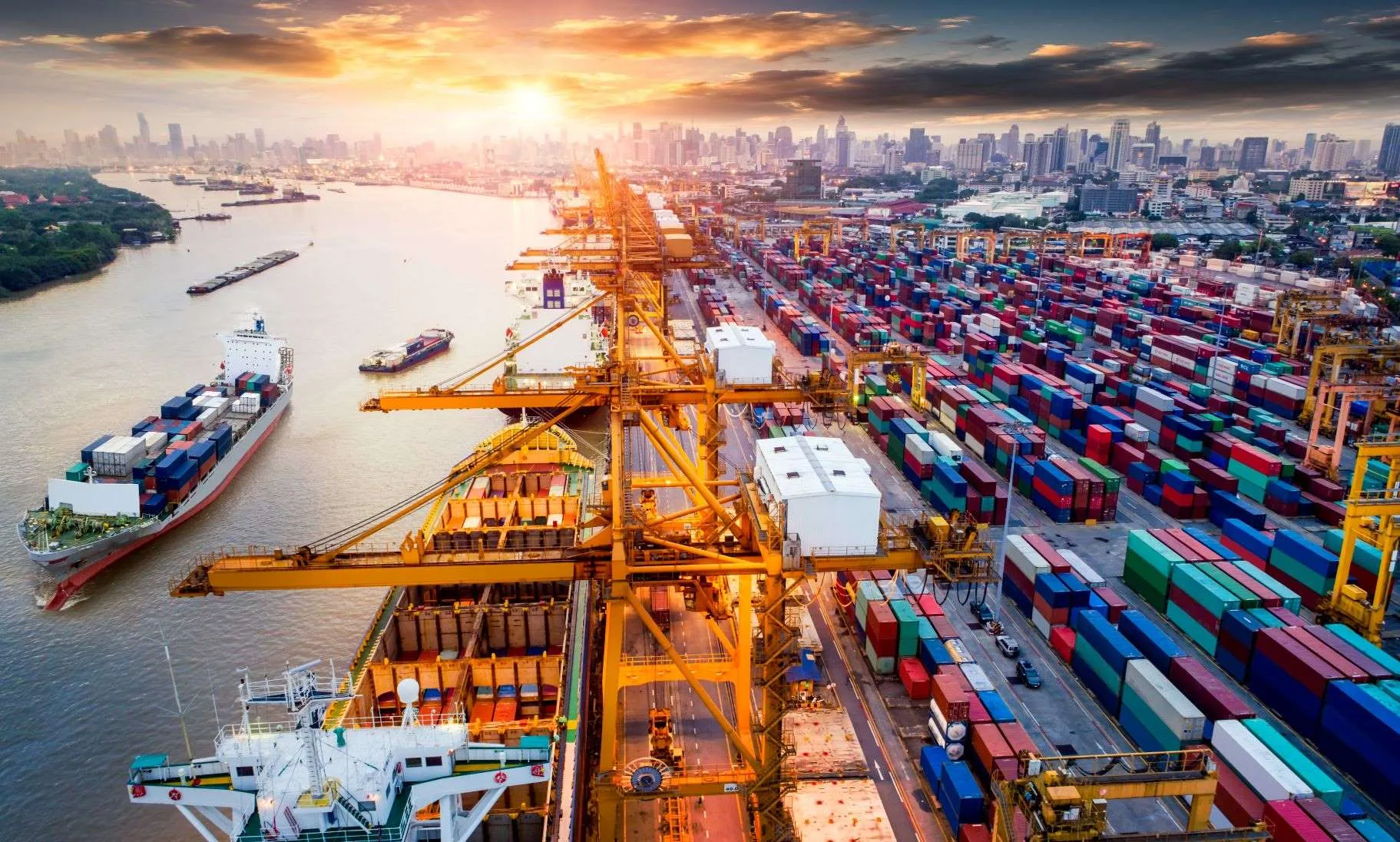 This article is part of the series — What to Expect from 2021.
This article is part of the series — What to Expect from 2021.
After a decade of deteriorating economic multilateralism, receding globalisation and a weakening global financial system, three major realignments are set to define geoeconomics in the next decade.
First is the realignment between states and economic multilateralism. The gradual erosion of confidence in multilateral institutions is hitting its nadir. The head of the International Monetary Fund
has called for a “new Bretton Woods moment” and led a rare, successful global initiative, the Debt Service Suspension Initiative, to help ailing developing nations. Effectiveness of economic multilateralism, however, will not survive on singular displays of global coordination or tweaks to voice and voting structure. What it needs is an agenda more reflective of developing nations and emerging powers like India.
The new Biden administration in the US has already promised a re-engagement with the World Trade Organisation, G20 and on climate change. India will have an opportunity to shape this realignment more pertinently with its upcoming presidencies of the BRICS in 2021, UN Security Council in 2021/22, and G20 in 2023. The Indian government has already stated ‘reformed multilateralism’ and ‘people-centric globalisation’ as key guiding principles for global engagement. India is likely to keep pushing for a global framework to tackle illegal capital flows, particularly those that enable terrorism financing and money laundering. India is also likely to continue its support for developing a global framework on international tax, especially to reign in digital multinationals. The
BRICS Economic Partnership Framework 2025, which sets the roadmap for economic cooperation and was ratified by the leaders this year, also has promise and can be valuable if implemented as designed.
What it needs is an agenda more reflective of developing nations and emerging powers like India.
Second is the realignment between global powers and global business. The US-China trade war, the rise of the Indo-Pacific as a strategic construct, and the India-China border conflict show that business can no longer hope economic interests will overrule foreign policy goals. Global business must take the G20 and UN as seriously as they do the World Economic Forum in Davos.
It is reasonable to expect global businesses to defend their investments. Foreign firms in China accounted for half of its exports when the US government threatened to pull out its business from that country in the early days of the trade war. The US government found it difficult to impose sanctions on imports without cannibalising its own firms based in China. Yet, the US foreign policy goals did not change. The American, European and Japanese firms in China resisted altering their supply chains even as geopolitical relations deteriorated. Less than 10 percent of the firms relocated their supply chains, some to Vietnam and even less so to India. Similarly, the
Supply-Chain Resistance Initiative launched by Japan, Australia and India will work only if governments and firms jointly develop an alternate strategy for ensuring that alternate supply chains, markets and financial systems are available. The cost of the planned relocation for firms will surely be less than the losses accrued by geopolitical disruptions.
Even China, whose state-owned enterprises have been serving as the nation’s economic diplomats, are set to reconfigure their approach to the foreign expansion. The large policy banks, construction firms and manufacturing units are important instruments of its economic diplomacy. But they may no longer command the respect of a strategic China given the fiscal costs being imposed on sovereign balance sheets. There are already reports of decline of Chinese investments globally, and this will have a direct bearing on the financing of Chinese multinationals.
The cost of the planned relocation for firms will surely be less than the losses accrued by geopolitical disruptions.
Third, is the realignment of international financial architecture to geopolitics. The economic and financial sanctions imposed by the US on Iran had shown how the international payment systems could be blocked for geopolitical advantage. Europe launched
INSTEX to channel its payment but at the risk of balkanising global financial plumbing. Similarly, deteriorating US-China relations showed how trade could be weaponised. This has made negotiations on new issues, such as commerce and services, also difficult. Back at home, India’s ban on Chinese apps in 2020 was a measured economic action against firms of a nation deemed hostile, inscrutable and non-reciprocal. It was a reminder for digital multinationals that they are not immune to geopolitics.
A geoeconomics alliance between like-minded nations is already emerging. The
emergence of the D10 (from G7) indicates a move towards developing an alternate global financial architecture that can serve the geoeconomic interests of democracies in a minilateral framework; better than the existing global, multilateral framework that has been mastered by China and other competing nations. The
Global Partnership on Artificial Intelligence between like-minded democracies has similar aims.
A study of these realignments is necessary to predict the future of the global economic system and geopolitical world order. If India can embrace and shape these realignments, it will benefit from the new global financial, economic, digital and geopolitical integration that is emerging.
The views expressed above belong to the author(s). ORF research and analyses now available on Telegram! Click here to access our curated content — blogs, longforms and interviews.



 This article is part of the series —
This article is part of the series —  PREV
PREV


